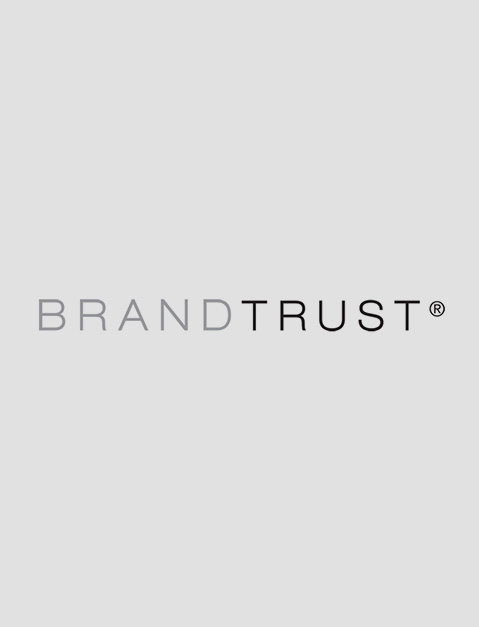Learning to distinguish things by name is one of the first cognitive skills we master. As infants, our first language lessons are identifying people and objects by name—“mommy,” “daddy,” “bottle.” When we say a new name, mommy praises how smart we are. It’s no wonder we like names and naming.
Once the brain resolves the name for something, it seamlessly blends experience and language to fill in the blank with the meaning attached to the name. And it happens, for the most part, without you ever consciously thinking about it. This is how things become branded.
A good way to think of a brand is as a 50/50 proposition—50% name recognition and 50% the meaning attached to the name. We can’t help branding everything in sight. Our brains name and identify the whole of what we experience.
Like it or not, I’m branded, you’re branded, everything is branded. Whenever someone mentions a person’s name, people naturally fill in the blank after the name. In my case they may say, “That’s Daryl Travis,” and fill in the blank with, “he’s Lacey’s dad,” or sometimes, “he’s the CEO of Brandtrust.” Both are accurate and convey positive meaning. But that’s it, that’s all I get. No one shares what I believe, my life history or work experience unless those things have somehow become shorthand for who I am—in other words, my brand.
Any brand—at least, every brand worthy of a proper noun—has a specific identity, and identity is something for which we all strive and probably cannot live without. You garner identity in all sorts of ways—from your background, your job, your financial status, the way you look and dress, the way you speak and listen, plus other external and internal guides that help the rest of us fill in the blank. You also get it from the brands you buy and consume.
It’s crucial to think about how people fill in the blank after your name, or your business name, because they will absolutely fill it in with something.
Unfortunately, it’s not human nature to discern your most positive attributes. If I fail to intentionally make my personal brand known, people are just as likely to say, “Daryl Travis, oh, he’s a guy with two first names.” That’s no help at all. And also why it’s critical to know how others describe and define you and your business. But fair warning, it can be disappointing, if not shocking, how wrong people can be.
So, branding is the most natural human thing to do. We do it automatically and couldn’t stop doing it even if we wanted to. In this way, everything is branded, whether we want it to be or not. That means you are a brand, and your work is branded because people inevitably use their innate human skills to describe and define you. And, right or wrong, they pass their interpretation of your brand along to others.
What do people say about you when you’re not in the room? What do people say about your company? What are you doing to make your brand intentionally known? Please share your experiences here or on Twitter and include #howdoesitmakeyoufeel #HDIMYF.
Need branding insights? Contact Brandtrust today.
Daryl’s new book, How Does It Make You Feel? Why Emotion Wins The Battle of Brands, will be available for purchase digitally this month on Amazon.com. Follow HDIMYF updates on Twitter @BTCEO and @Brandtrust!
